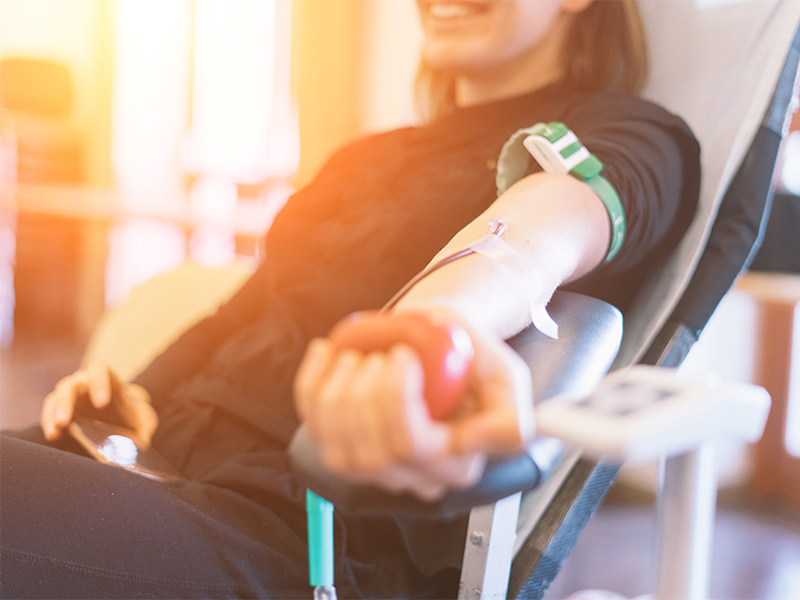Blood cancer is one of the most common cancers in adults under the age of 50 and the second most common in children under 14. Fortunately, more cancer treatments are now available. DR TOH KENG KIAT from International Cancer Specialists tells us more about blood cancer symptoms and treatments.
The chance of developing blood cancer has been rising over the past 50 years. Thankfully, advances in medical research have led to significant improvements in blood cancer treatments. Most cases of leukaemia, myeloma and lymphoma are now considered treatable.

What causes blood cancer?
Risk factors include:
- Age; leukaemia is prevalent in older patients because the defective terminal ends of DNA strands in the chromosomes are unlikely to do their job properly in repair.
- Smoking; there are known carcinogens in tobacco products, chewed or inhaled.
- A pre-existing blood disease like aplastic anaemia (non-production of blood-forming cells) and other markers may signal the development of blood cancers over time.
- Previous exposure to chemotherapy drugs and radiotherapy/radiation.
- Prolonged exposure to certain viruses like the Epstein-Barr virus, Cytomegalovirus and human immunodeficiency viruses (HIVs).
- Exposure to industrial toxic substances like benzene, turpentine, pesticides and fertilisers.
Looking out for varying cancer symptoms
Blood cancers often manifest as problems of malfunctioning blood cells, as they originate from cells of the bone marrow and lymph nodes where large numbers of lymphatic cells are found.
- Anaemia is common in blood cancers, presenting as tiredness, listlessness and pallor. If prolonged or severe, this may lead to heart failure.
- Increased episodes of infections such as sore throats, pneumonia, bronchitis and urinary infections.
- Heavy periods in women of reproductive age, blood in the stools, black stools, blood in the urine, coughing blood, nose bleeds, and gum bleeds after brushing.
- Easy bruising, spontaneous haemorrhages and difficulty in stopping a bleed.
Constitutional blood cancer symptoms may include fever, night sweats (in lymphomas), unexplained or unintended weight loss, bone pains (common in myeloma), jaundice, fractures and headaches.

Successful blood cancer treatments
A successful diagnosis of cancer symptoms leads to successful treatment. Researchers use what is currently available while developing new ways of delivering old drugs and finding new modalities of cancer treatments.
Studies in genetics may also help in the diagnosis of blood disorders. For example, research into the Philadelphia chromosome has led to targeted treatment, resulting in a cure for CML, a type of leukaemia. Additionally, there is no need for a stem cell transplant. This has paved the way for the development of new targeted therapies for different cancer symptoms, significantly improving the outcomes of cancer treatments.
With cellular immunotherapy, many cancers, including some blood cancers, can now be regarded as curable diseases. The latest platform for cancer therapy uses the innate immune capability of the T-cell to fight cancers.
While the cancer cure-all remains elusive, research has come a long way in inventing cancer treatment approaches to more effectively treat many cancers. They are prolonging life and restoring hope in the promise of science to come.
International Cancer Specialists
#15-01/02 Paragon Tower 1, Lobby F, 290 Orchard Road
6235 9005 | icscancer.com
This article first appeared in the April 2023 edition of Expat Living. You can purchase the latest issue or subscribe, so you never miss a copy!
To make the most of living in Singapore, read our latest City Guide here for free!
Don't miss out on the latest events, news and
competitions by signing up to our newsletter!
By signing up, you'll receive our weekly newsletter and offers which you can update or unsubscribe to anytime.



